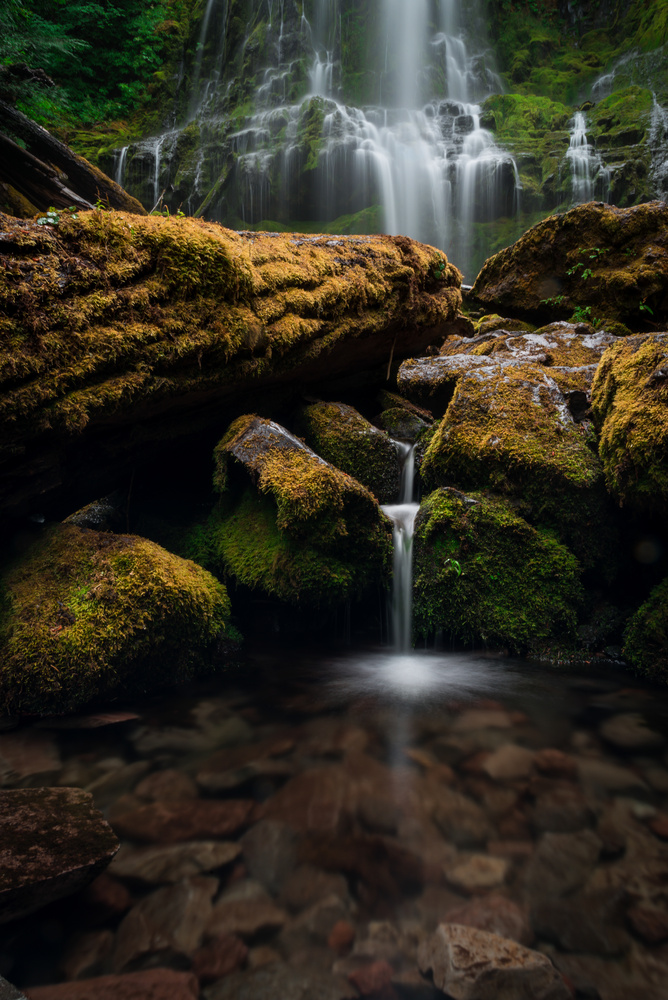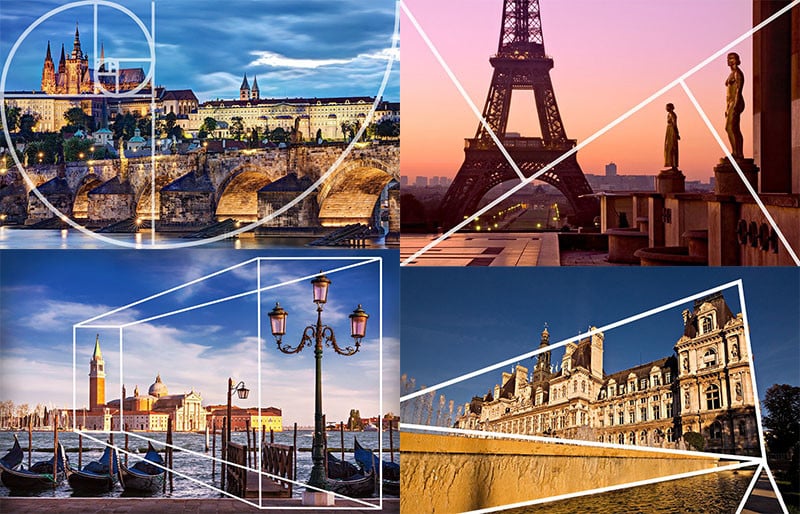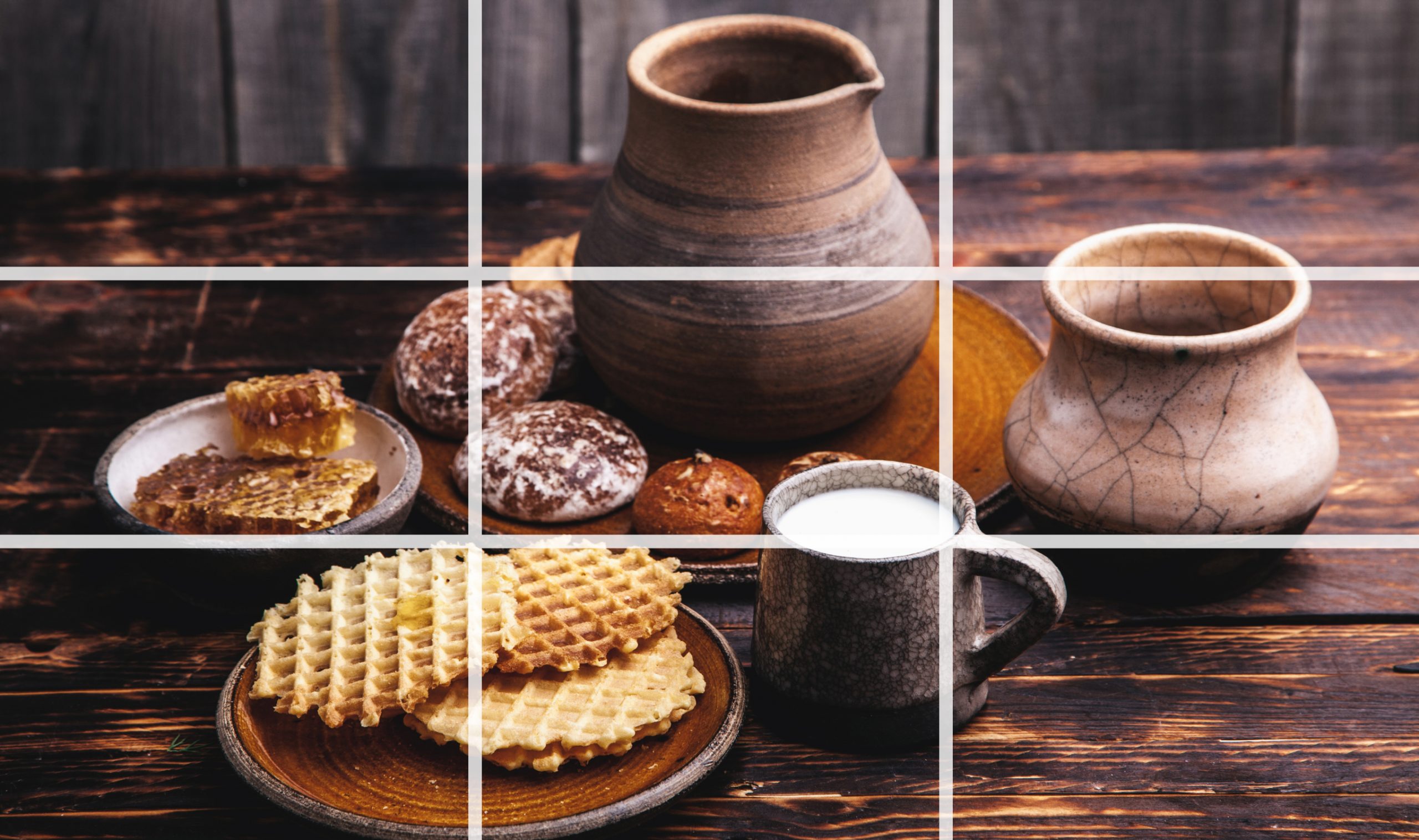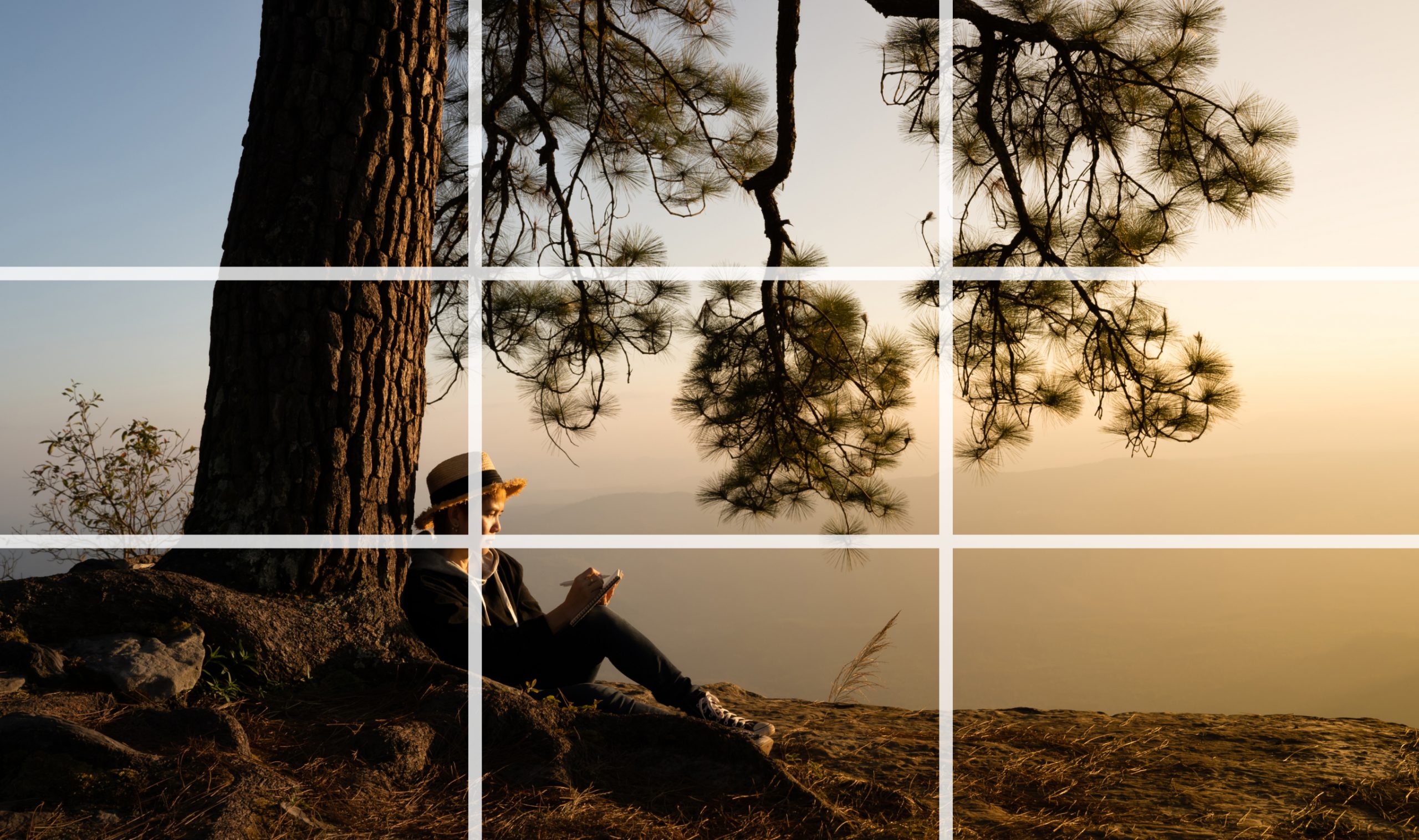Photography
From studio portraits to epic alpine landscapes, browse the best photography, retouching and photojournalism today. Featuring standout projects hand-picked by our curation team.




Photography Composition: The Definitive Guide
This article summarises all my knowledge and experience, and it took me 6 months to get together. I believe, anyone, newbie or pro, could find some new useful info inside of it. There are already hundreds of articles, dozens of guides. And some of them are really good. However, there was still a need for the comprehensive photography composition guide nicely presented and easy to follow. I did my best to keep it simple, concise and easy to understand with lots of goodies to download for future reference. Also, I keep it as short as possible with zero fluff for such a massive amount of material. Less talk, more practical info with examples, charts and graphs.
Side note: Most of the time I shoot landscapes and, therefore, most of my examples are some nature scenes. While street photography or portrait photography have their own specifics, they still follow the same composition principles. I believe this guide can be easily extrapolated for whatever other genres you shoot.

Why Composition Is Important
Let me ask you a question. Have you ever had a chance to tap on the piano or play the guitar? What happens when you randomly hit the keys or strings? I bet it produces something you can’t call music and it hurts your ears. Meanwhile, a set of same chords properly aligned creates something beautiful and meaningful. Another example is a total mess in the room. It’s hard to find anything; it’s hard to walk through. While the clean room with adequately arranged items brings a sense of harmony and it’s easy to navigate. The final example is a human body. Its composition ensures functional abilities and beauty.
The same principle is for all visual arts including photography. Proper layout of elements creates a sense of harmony, movement, tension – whatever you want. Composition speaks a thousand words, tells a story, encourages the viewer to scan your photo, to stay in it. To break the rules, you must first know the rules. I would rather call them “recommendations” or something similar rather than the rules but it would sound silly and cause confusion. I know, some people, especially creative, hate all “rules”. There are no rules as such, there are things, which look better due to some psychological reasons. Make it help you do the right shot.
5 Basic elements of composition in photography
To enrich images and make them more visually appealing, photographers utilize a variety of compositional elements. Patterns, textures, lines, shapes, forms, color, tone, contrast, depth, frames, symmetry, asymmetry, depth of field, viewpoint, negative space, positive space, and visual tension are among them. Read on to learn about the five basic elements of composition in photography.
1. Shape is a two-dimensional compositional element of photography that can define a subject or a structure. It can be organic, like a person, animal, plant, or geometric, like a square, circle, or triangle. When different shapes intersect and overlap, they can unite to create a new shape. They can also surround an area, forming another shape.
2. Form is created when the shape becomes three dimensional. This can be done by adding depth to a photo through lighting and perspective. Thus, when the shape and shadows collide, we see touchable contours brought out by the tonal range.
3. Texture is a compositional element of photography that adds another layer of depth to an image, making it more real and perceptible. Texture itself can be the subject of a photo, such as an ice surface or patterns on leaves. Alternatively, texture can be part of the composition, adding dimension and weight to your image and giving it a sense of reality.
4. Color is characterized by hue, saturation, and luminance. Each variable can influence not only the composition of a photograph, but also its mood. By experimenting with various colors in the frame, you can put visual weight on the specific part of the image. Black and white photography can help show contrast, highlight emotions, or emphasize key visual elements in your photographs.
5. Positive and negative space. The scale and arrangement of the elements and objects in the frame affect the viewer’s perception of the picture. By effectively using space in your photographs, you can convey a certain mood or draw the viewer’s eye to an interesting or significant part of the image. Positive space refers to the subject or areas.
RULES OF THIRDS
With the rule of thirds, you have to train yourself to split your camera screen into a grid. Keep in mind the key points of intersection, and place important elements along those lines for visual appeal. This asymmetric composition in photography works well for any genre including landscapes, still-life photography, and portraits.

In this still-life image, the photographer employed the most common way of using the rule of thirds by placing the main subject in the center. However, you can put it off-center as seen in the picture below. The photographer positioned a tree with a model near the grid intersection at the bottom left angle, drawing the viewer’s attention to them and creating a more interesting composition.


